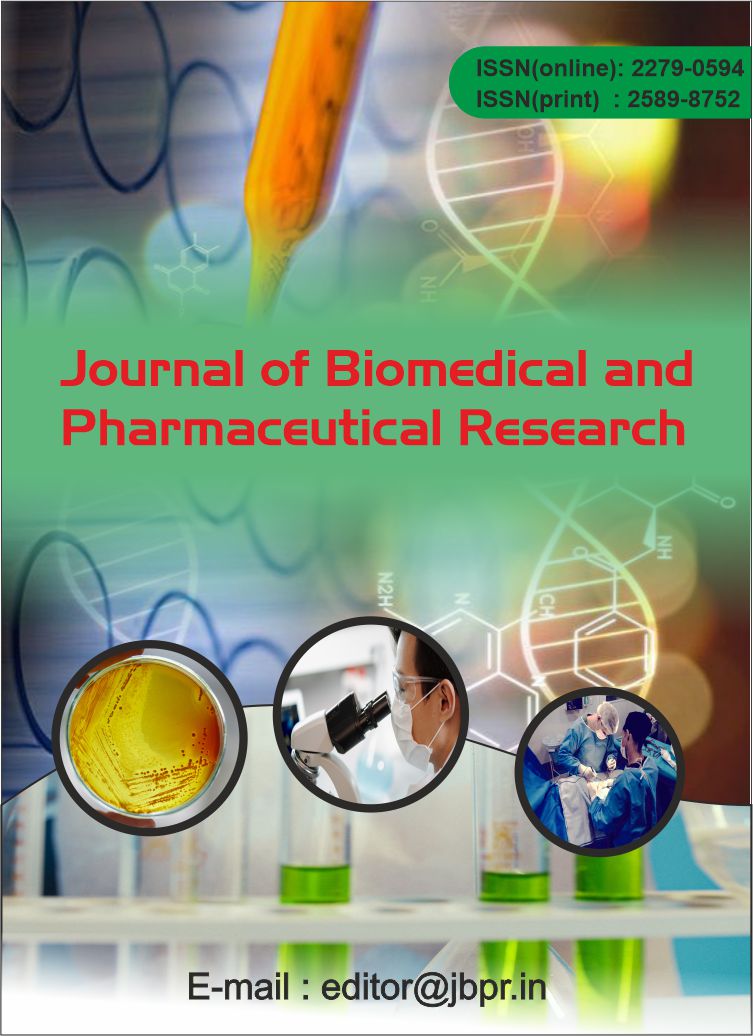Critical Analysis of Charakokta Mahakashaya in the Management of Respiratory Allergic Disorders (RAD)
Abstract
As the life becoming more and more mechanical, with rapid raise in industrialization, there will be subsequent increase in Respiratory allergic disorders in childhood clinical practice. Grievance of this problem can be understood by statistical view which shows 5-20% of the pediatric populations are sufferers of Respiratory Allergic Disorders (RAD) as per the latest reports. Acharya charaka mentions a variety of causative factors or Hetus for the same , like house dust, industrial dust, pollens , mites etc ( Rajasa ) or chemical gases , fumes, toxic output of industry (Dhooma , dry food, junk food or stored food (Rukshaanna) and abnormal and irregular food habits (Vishamashan ) . Further depending on severity and specificity of the Hetu and symptoms, same can be classified as Vataja or Vata-Kaphaja variety of Kasa. Kasa which is also a symptoms in many disorders and also a individual disease as per Ayurveda interaction between the environment, diet, immune state of the child , and genetic tendency of certain allergic disorders and familial tendency of atopic disorders will play major role in the manifestation. Moreover respiratory allergies are greatly attributed to hyper responsiveness of respiratory mucosa triggering histamine release and mast cell activation. Same can be understood as aberration of body immune system or Ojus due influence of deranged Vata, Kapha and Pitta in Ayurvedic standard. However Ayurveda stronglyproposes number of drugs which are beneficial in Kasa which acts similar to anti-histaminic or mast cell stabilizing agents. Hence the present paper is focused on Charakokta Mahakashaya to determine the role of Shwashara Mahakashaya, Kasahara Mahakashaya,and Vishaghna Mahakashaya for the effective management of Respiratory Allergic Disorders, with special focus to critical analysis of pharmacological actions based on various experimental and clinical studies of Shwashhar, Kasahar, and Vishaghna mahakashaya .
Keywords: Dhooma; Kasahar; Rajasa; Rukshaanna ,Shwashar; Vishaghna mahakashaya;; Respiratory allergic disorder
![]() Journal of Biomedical and Pharmaceutical Research by Articles is licensed under a Creative Commons Attribution 4.0 International License.
Journal of Biomedical and Pharmaceutical Research by Articles is licensed under a Creative Commons Attribution 4.0 International License.





